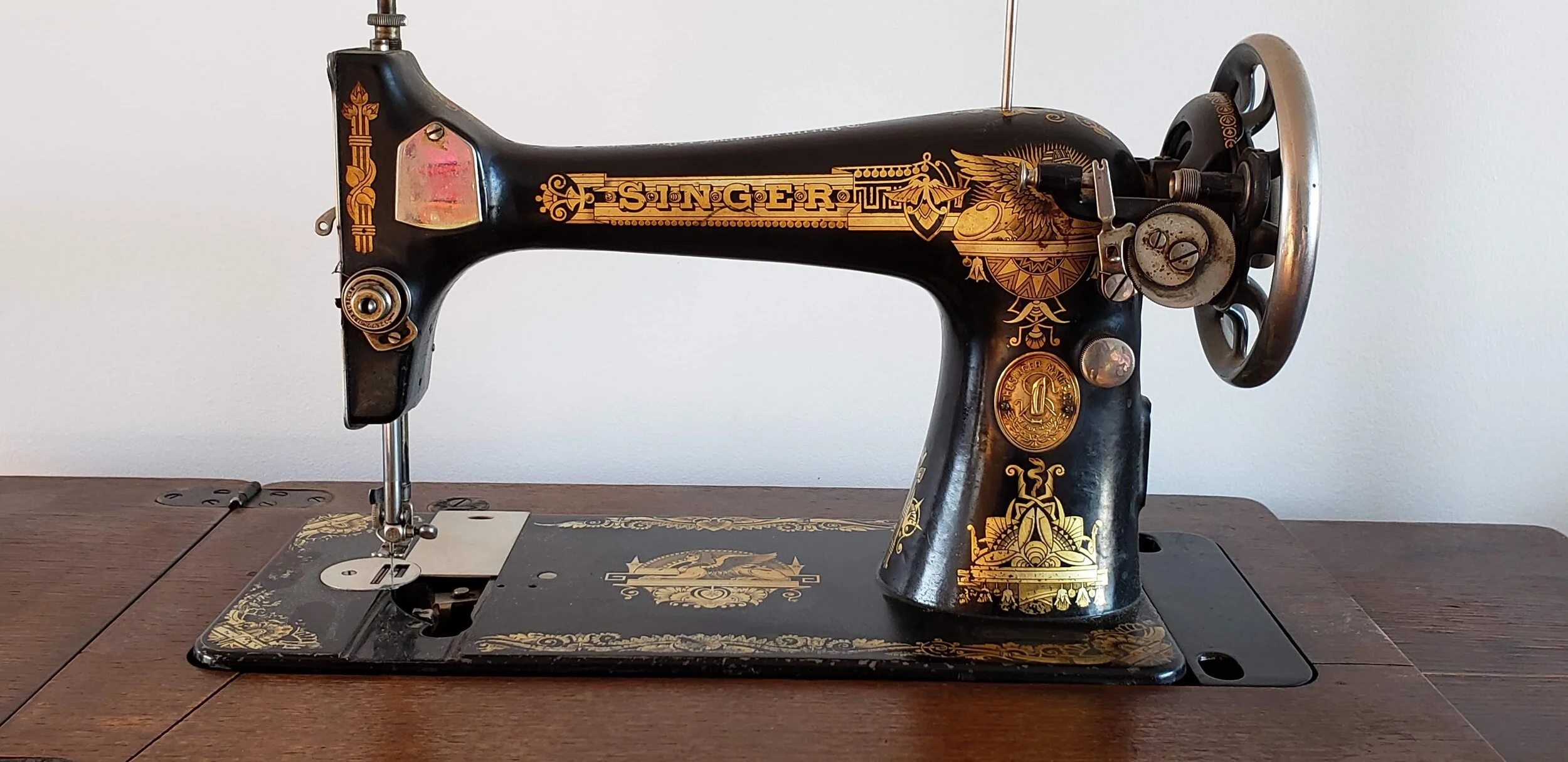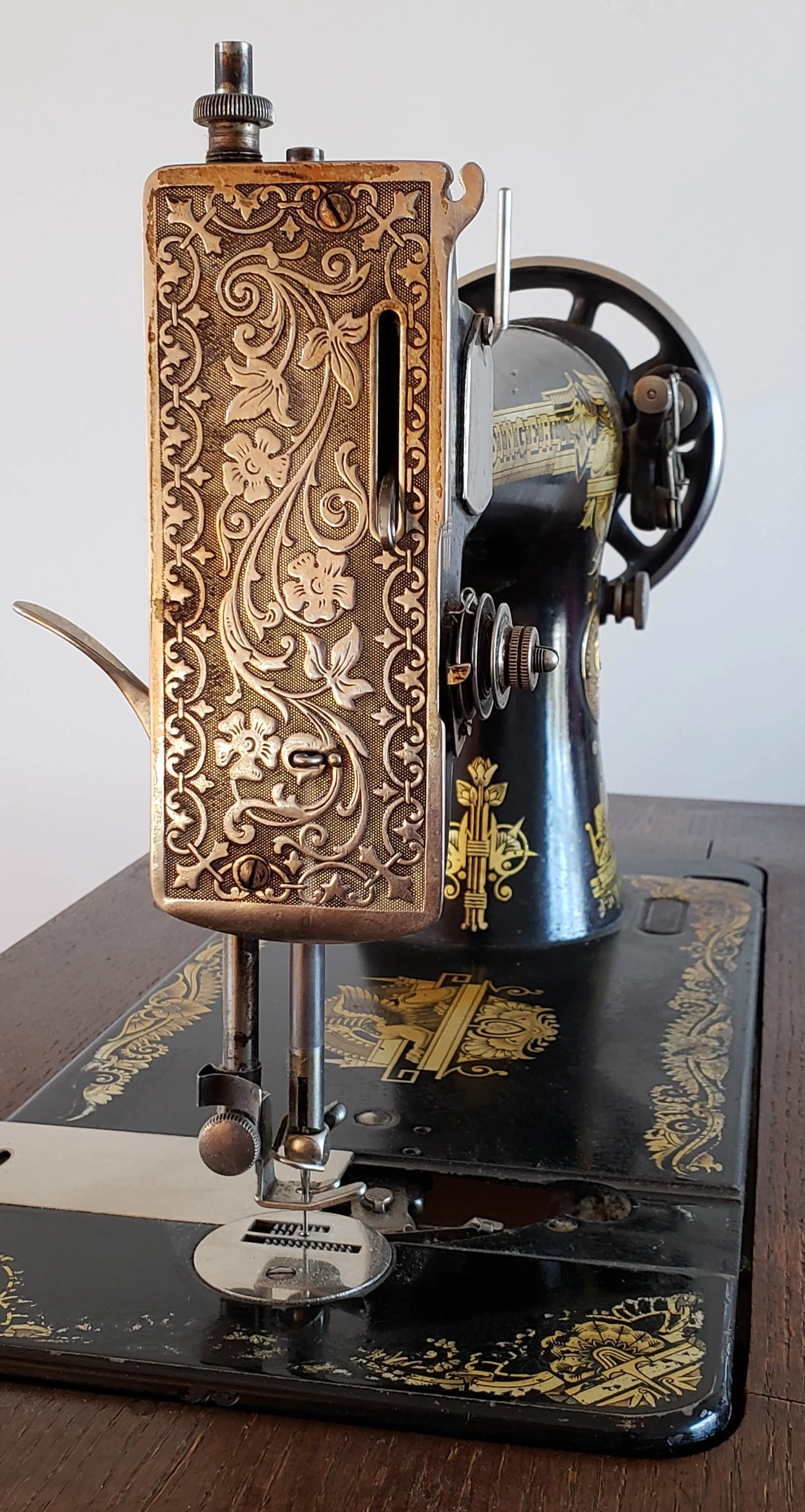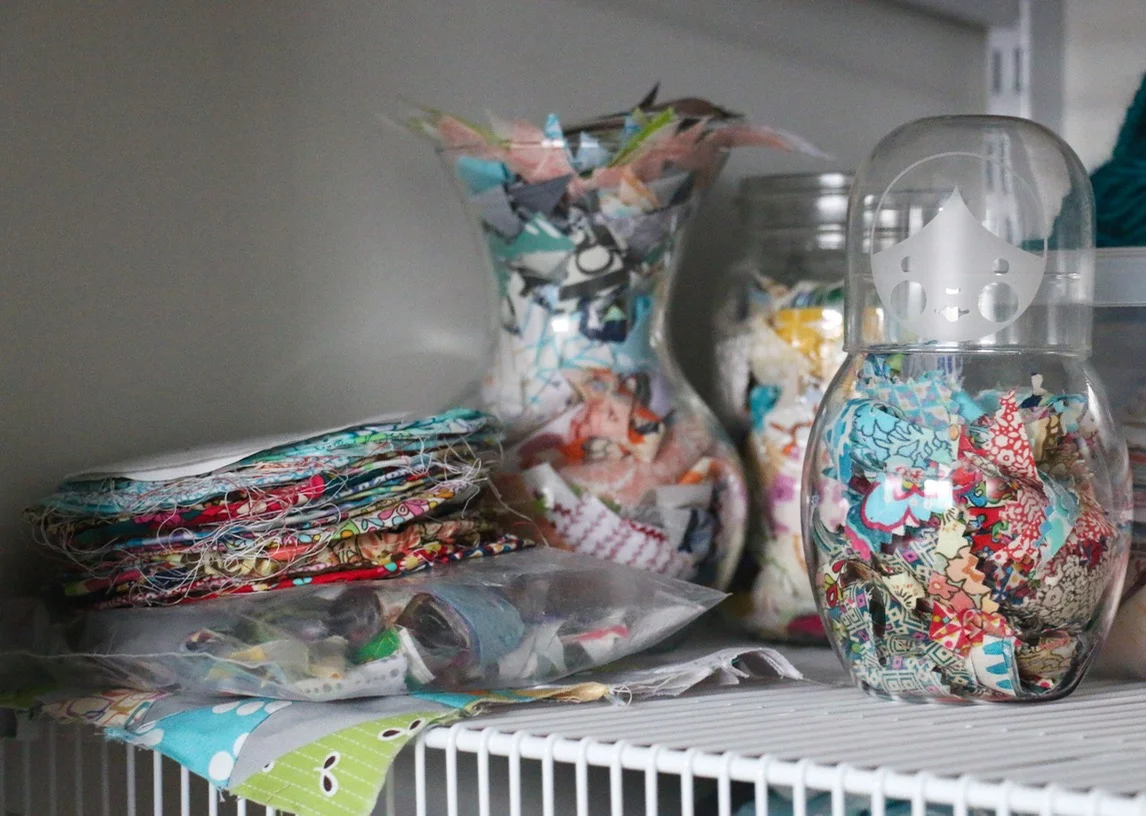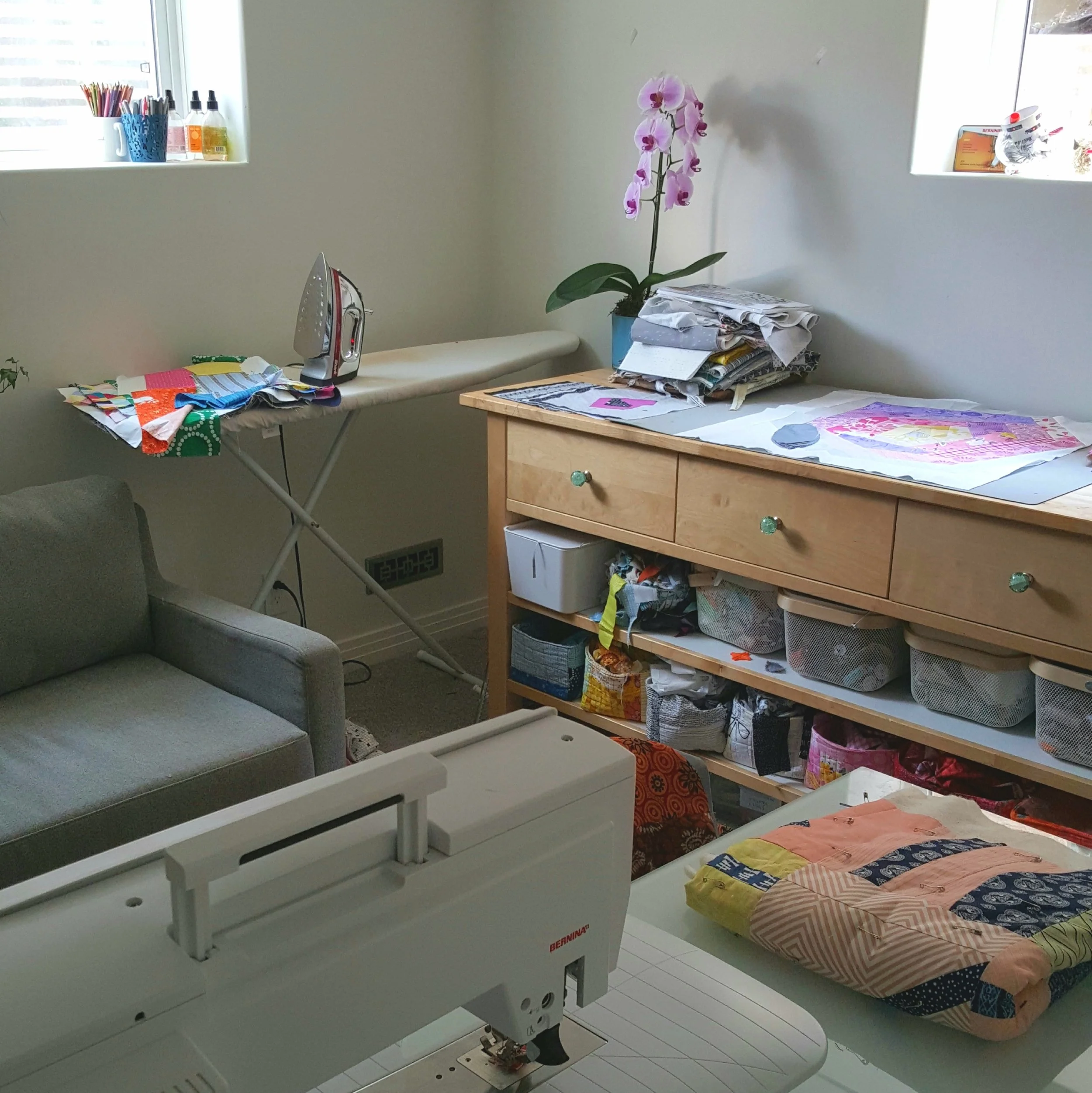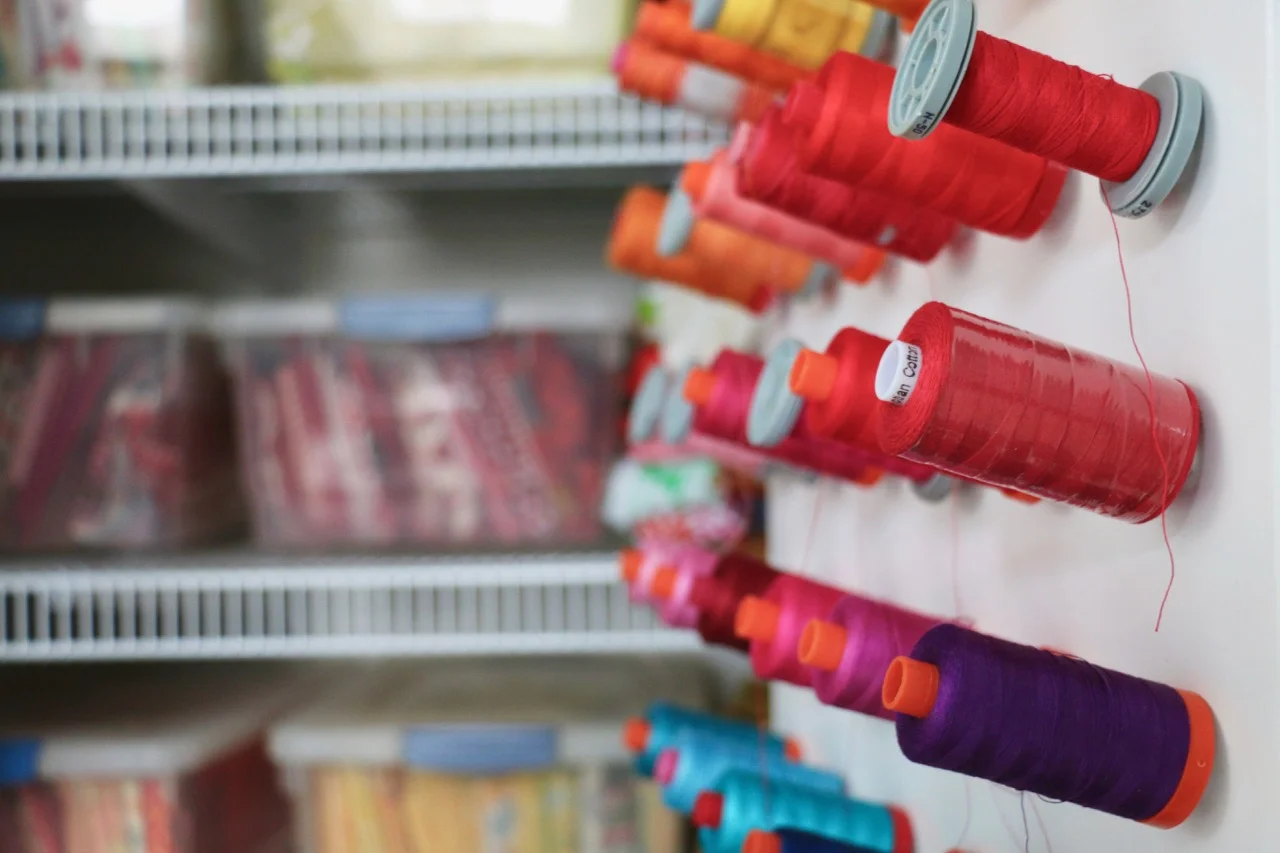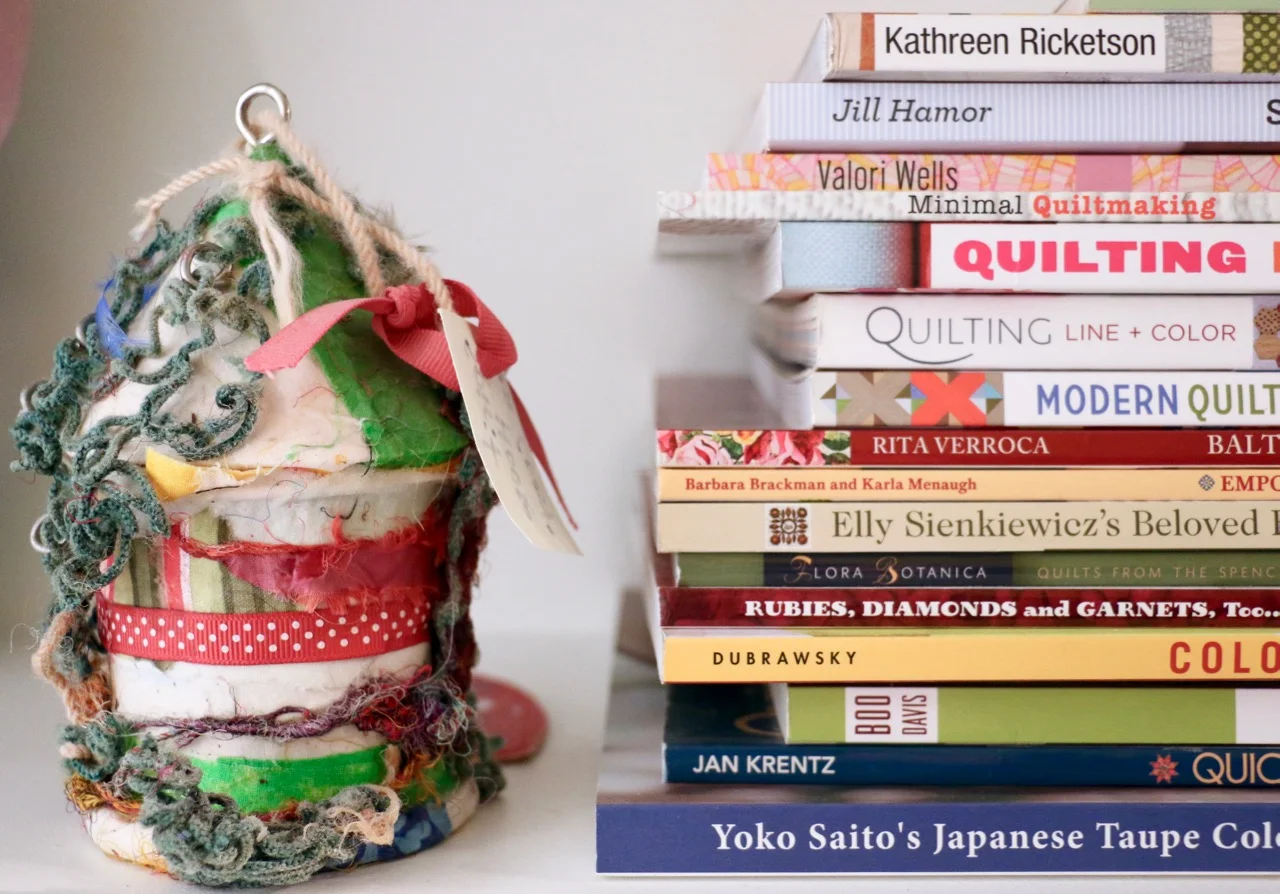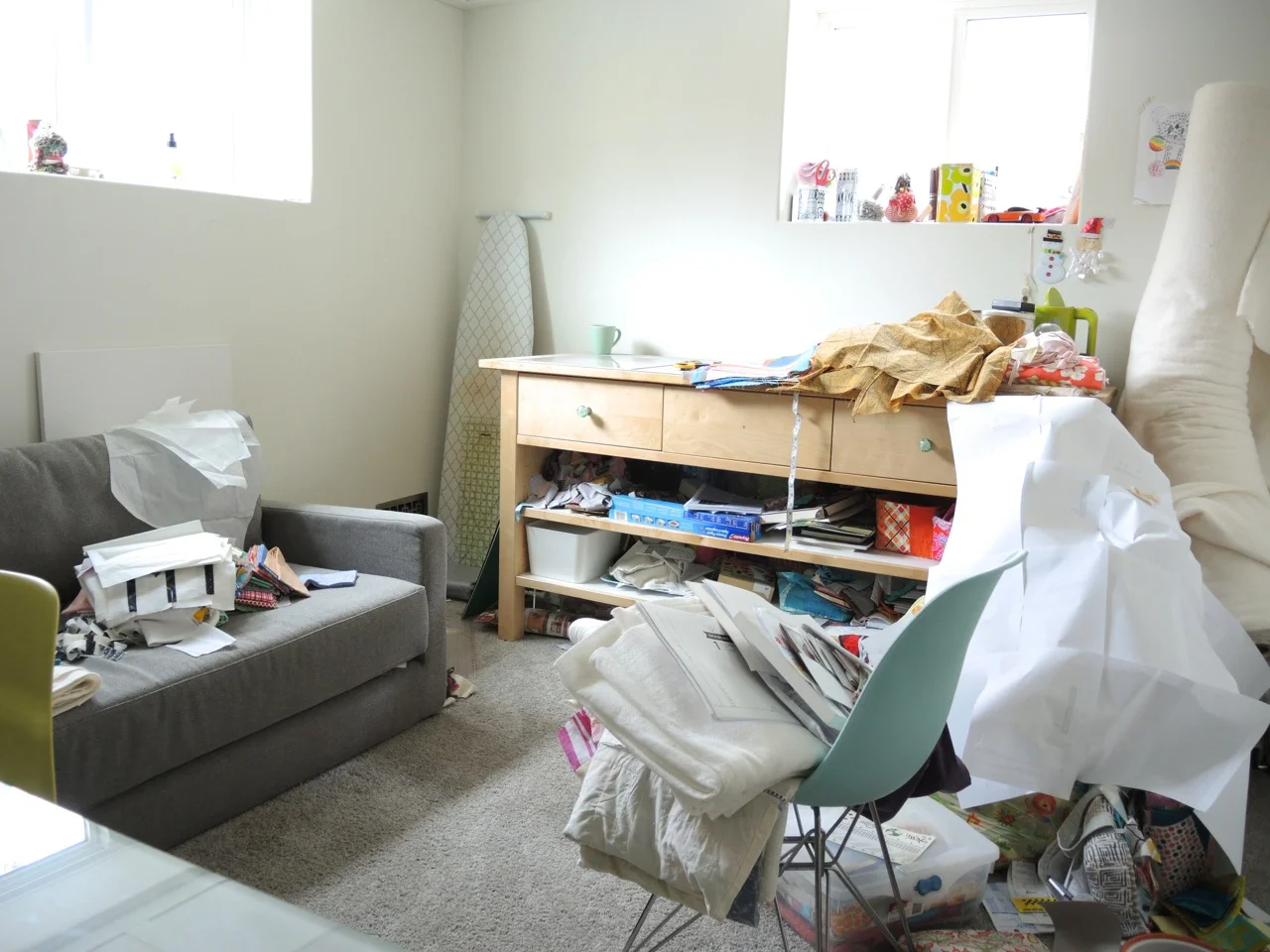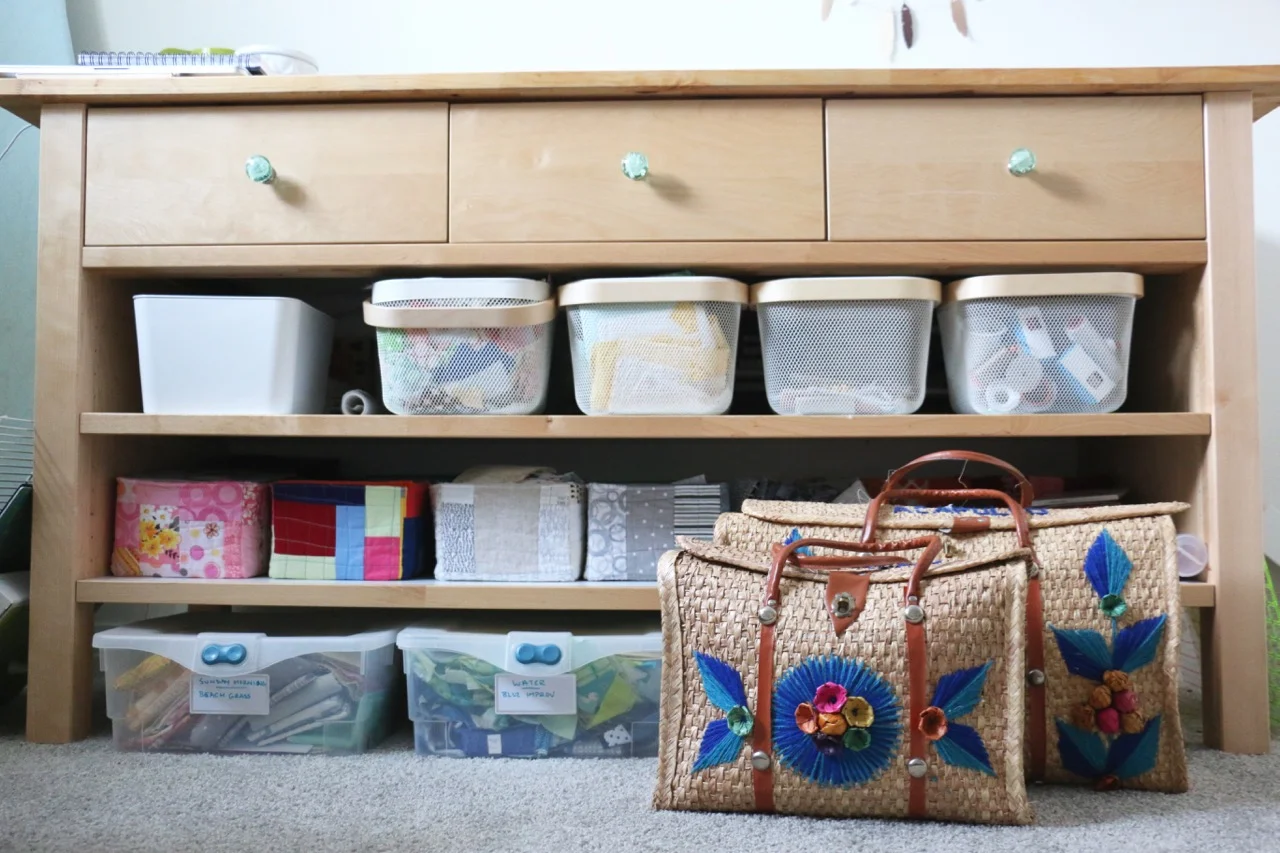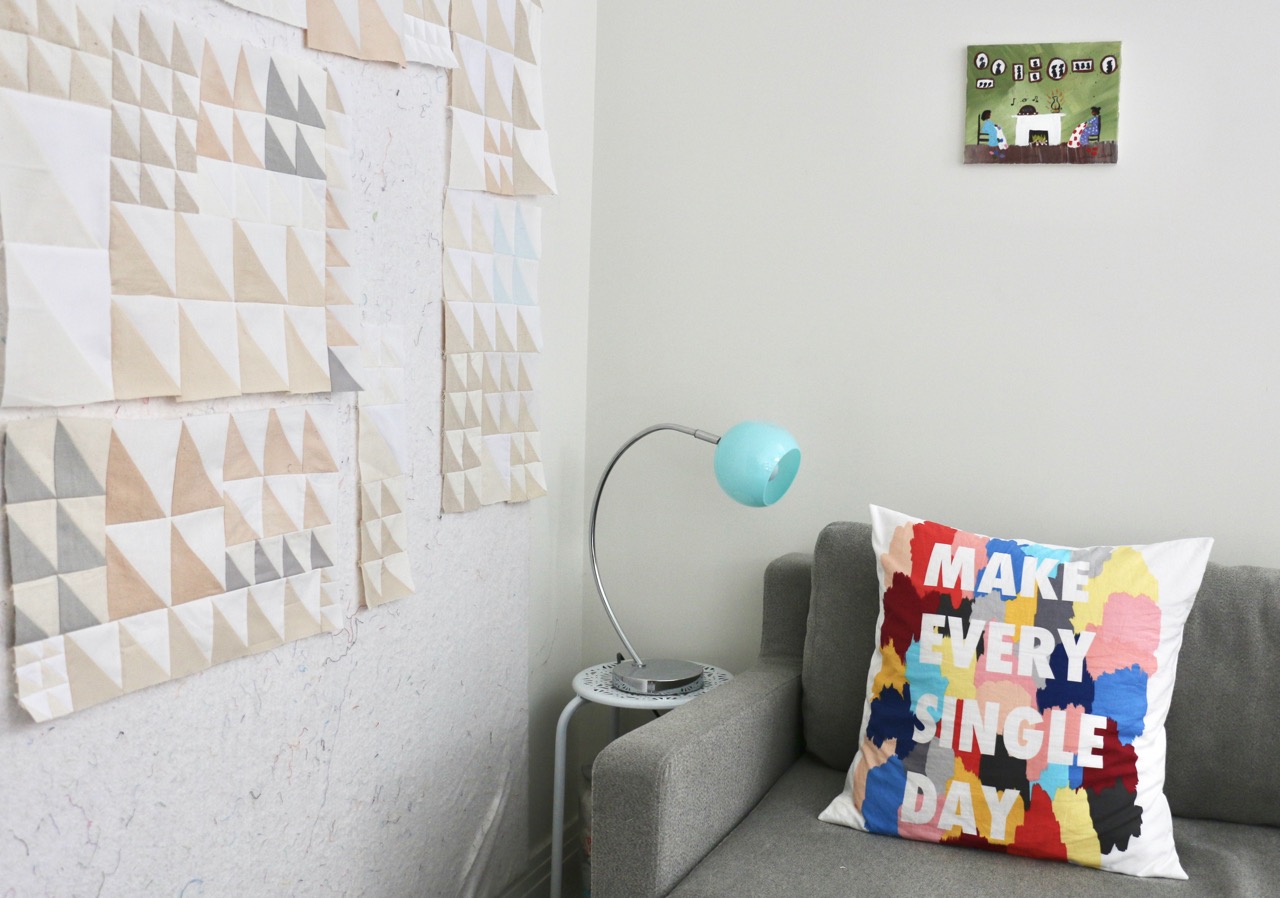A few weeks ago I was gifted a family heirloom. This is the END of the story. I don’t know the entire beginning yet, but I do know the middle.
For as long as I can remember this machine sat at my great aunt’s house on the farm just outside of Alvena, Saskatchewan. Before that it was at my great grandmother’s house, but I only have minimal memories of that home as she moved into care when I was around 10. It was her machine. My own mother can remember her grandmother stitching, the treadle pumping, in their little house in town.
For as long as my mom can remember the machine was due to come to her upon her grandmother’s death. Shortly after Baba Yuzak died, however, the machine seemed to disappear. No one knew where it was. For years we were convinced that another great aunt had it and there was bitterness. At the same time, on the farm, that particular great aunt was in the early stages of dementia.
It was only at the funeral of the great aunt towards which the bitterness had flowed that we learned the sewing machine had been at the farm the whole time. The whole time. For a while it was in the basement, then the garage. Both places my Mom never went when she visited the farm.
A few years later the great aunt on the farm passes away, a long life lived and family to keep her going. We won’t mention any associated drama, but her children did agree that my Mom should finally get her grandmother’s sewing machine. And my Mom decided that I, the long standing quilter in the family, should get it.
Now I need to clean it up, replace the belt, and figure out all that I can. I think it would be amazing to sew on a treadle machine! For now, it sits in a place of pride in my living room, the details making me smile. The history giving me chills. The women in its life giving me power.
If anyone knows anything about these machines and can point out some less than obvious resources, I would appreciate it. I’m seeking anything right now.
And oh! Did I mention that the drawers were full of treats? That’s a whole other post. Lace under construction, trims, feet, thread on wooden spools…
One more thing, there are wheels on the cabinet! That is about as awesome as pockets in any dress.


